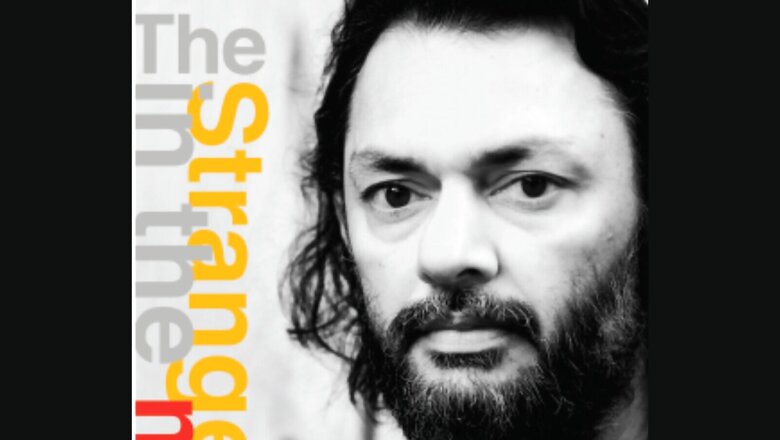
views
Every known actor kept declining the role to play Karan Singhania. I had first offered it to Farhan Akhtar. This was a time when he had never acted in a film before and was one of the most respected young directors. He was both surprised and amused. When I narrated it to Abhishek, he told me point-blank, ‘I thought you are crazy but after hearing your narration I think you are completely nuts.’
I requested Aamir to put in a word with Hrithik Roshan. Aamir even went to Hrithik’s house. ‘It’s a good film—kar le’ (do it). But it wasn’t meant to be. Finally, Siddharth signed on the dotted line in January 2005, one month before the shoot. He had never done a Hindi film before. Bharathi had seen the Tamil film Boys, starring Siddharth, a couple of months before the shoot, and his energy and unique combination of innocence and naivety came through. She thought he could pull off the conflict in Karan’s character well. The senior actors accepted the smaller parts with grace—Om Puri, Anupam Kher, Kirron Kher, Mohan Agashe and K.K. Raina are all masters of their craft and formed a dependable unit on which we built the movie.
I wanted to create world cinema and wanted the backend to be managed like world cinema is done—with perfection and discipline. I was drawn to David Reid and Adam Bowling, who had two cult classics behind them as executive producers—Lock, Stock and Two Smoking Barrels (1998) and Snatch (2000). They shared the same office as Shekhar Kapur in Soho, London. They loved the script, gave up their homes on rental and shifted to India to set up the film, which meant supervising the production and helping cast the foreign actors along with Bharathi and P.S. Shyam.
Adam and David brought along a boxer from Manchester—Mick Ward—as the first assistant director. They were responsible for casting Alice Patten and Steven Mackintosh for the parts of Sue and James McKinley, respectively. I remember vividly that one of the people who auditioned for the part of James McKinley, the young jailor who walks Bhagat Singh, Rajguru and Sukhdev to be hanged, was none other than current James Bond, Daniel Craig. He, too, came through my producers David and Adam.
Daniel Craig was my first choice but he requested if we could allow some time as he was also being considered to be the next James Bond. The rest, as they say, is history.
Samir Chanda, the incredible production designer, was brought on board the project and was shortlisting locations with Binod Pradhan. We had talent like Nakul Kamte (sound designer) and Allan Amin (action director) on board and, of course, Bharathi, the creative producer and editor. The criteria for every department was to stay as real as possible, whether it was the spoken word, acting, look and feel, camera and lighting or anything else.
However, there was one small thing. The money from the producers was still invisible. The clock was ticking: July 2003 became January 2004—still no money! And the shoot was around the corner. My crew stood behind me for reasons I still don’t know. They were patient and gracefully postponed their remunerations to ‘payable when able’. I went to meet Kishore Bajaj, who owned the fashion label named Bada Saab, often frequented by film stars. I requested him to help me with some stopgap money so we could begin the shoot. Like an angel, he gave his personal guarantee and arranged for a loan of Rs 2.5 crore at 36 per cent interest from a private financier. Since our bungalow was already pledged, I gave the lien to be first out on the film (he would get paid first when the film made money) as a mortgage.
Simultaneously, we had created a writing room at our cottage in Bandra. Bharathi, Rensil D’Silva and I put all our energies into working on the final draft. Rensil took the screenplay to the next level, making it more contemporary and relatable to the youth then. He was moonlighting between his role as an advertising copywriter and a scriptwriter for RDB. We had worked on Aks earlier, so we understood each other pretty well.
‘Why do we have such big dialogues in our movies, we must speak normally,’ he would say. Rensil is the key reason for the film’s connect with the youth! The dialogues he wrote were effortless and simple spoken words.
It was October 2004 and yet no sign of the moolah. Adam and David were already here, along with their families and kids. There was no turning back, so we worked out a 15-day budget holiday for them in Goa, which got extended to a month as we still did not have the money to go on the floor. Meanwhile, Aamir was getting more and more offers.
‘If I back out, yeh film banegi nahi fir se (RDB will not get made),’ was his line. In the meantime, I kept the wheels churning. I took a flight to the US where Shah Rukh Khan was shooting for Swades at NASA to sign him up for the part of Flt Lt Ajay Rathod. This was the shortest and most challenging role around which the whole film revolved. He loved the script but could not give the dates from his busy schedule. Looking back, I think the part was meant to be played by R. Madhavan and what an outstanding role he played!
This excerpt from Rakeysh Omprakash Mehra’s book The Stranger in the Mirror has been published with the permission of Rupa Publications India Pvt. Ltd.
Read all the Latest News, Breaking News and Coronavirus News here.











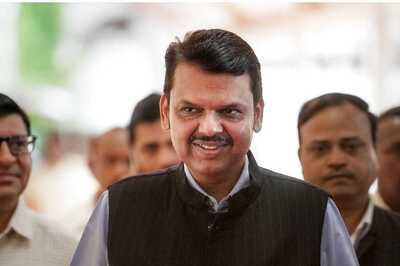

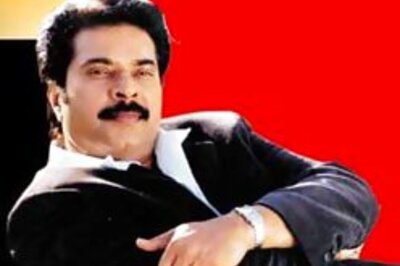
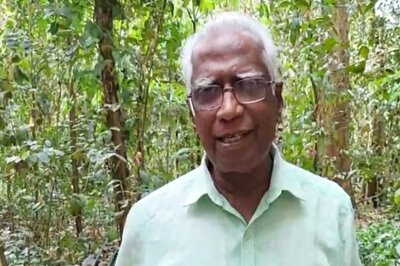


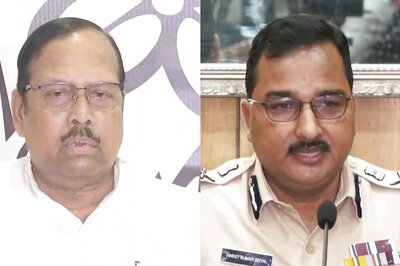
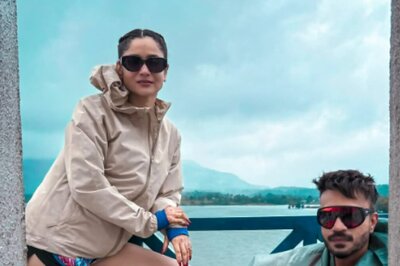
Comments
0 comment